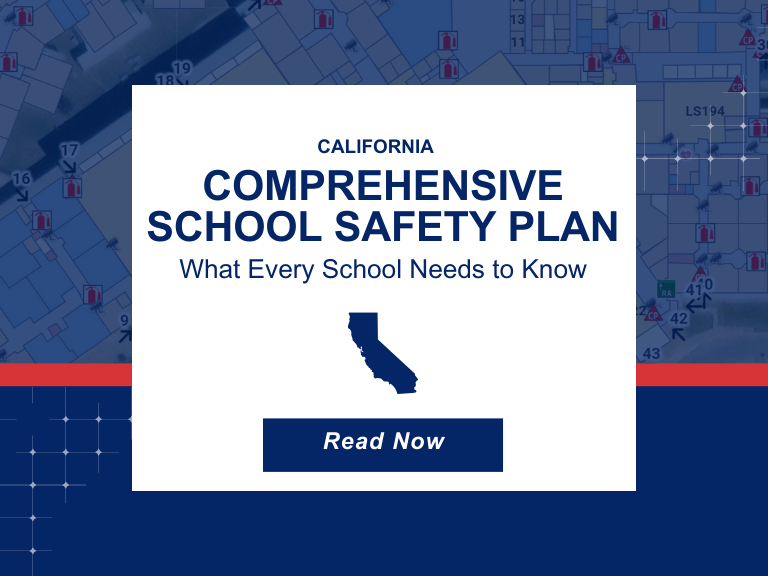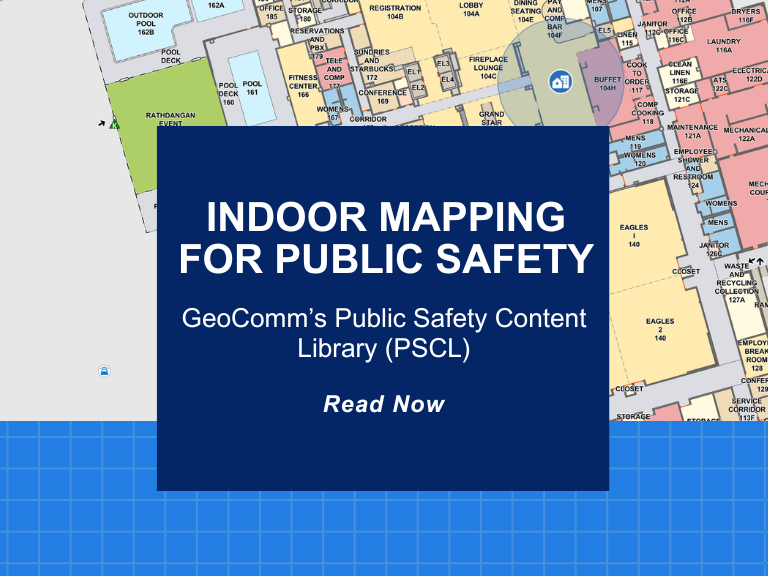3 Ways to Make Sure Your District is Ready for School Safety Mapping Funding
School safety mapping funding is becoming a critical resource for districts working to strengthen emergency preparedness. But when opportunities open, schools often have limited time to apply and competition is high. By preparing ahead of time, your district can be ready to act quickly and increase the chances of securing this vital funding.
Why School Safety Mapping Funding Matters
Across the country, states are launching new school safety mapping funding initiatives to strengthen emergency preparedness in K–12 schools. These programs support the creation of digital indoor maps that give first responders clear building layouts, identify key assets such as exits and AEDs, and improve coordination during emergencies.
The challenge? Funding windows are often competitive and time-limited. Districts that prepare early are the ones best positioned to secure grants and implement critical incident mapping successfully.
Here are three actionable steps your district can take now to make sure you’re ready when the next funding opportunity opens.
1. Build a Clear Safety Mapping Plan
When grant applications open, districts with a well-defined project plan can move quickly and show funders they’re ready.
- Define your goals. Decide whether to map all campuses at once or start with high-priority facilities.
- Engage stakeholders. Involve local law enforcement, fire, and EMS to ensure maps meet their needs.
- Outline your timeline and update process. Many grants require ongoing maintenance, not just a one-time project.
Pro Tip: Districts that demonstrate responder buy-in and sustainability often rank higher in competitive school safety grants.
2. Align with Common Grant Criteria
Most school mapping grants share similar requirements. Knowing them now helps avoid delays later.
- Field-verified walkthroughs. Maps must be validated on-site for accuracy.
- Labeling of key assets. Include rooms, exits, fire extinguishers, AEDs, cameras, and other emergency resources.
- Responder compatibility. Ensure maps integrate with CAD, dispatch, or NG9-1-1 systems so first responders can use them in real time.
Many federal and state programs, such as the STOP School Violence Program, require districts to demonstrate sustainability and alignment with responder needs in order to qualify for funding.
Pro Tip: Review your existing building plans now. Are they responder-ready, or do they need updates to qualify for funding?
3. Partner with a Trusted Mapping Provider Early
When funding is announced, districts that already have a partner in place can move faster from award to implementation. A trusted mapping provider can:
- Provide technical details and cost estimates for grant applications
- Ensure maps meet state and federal standards
- Deliver proven workflows for long-term sustainability and updates
Pro Tip: Request a grant readiness consultation with a provider who understands both school safety funding and responder requirements. This ensures your application language and technical plan align with funder expectations.
Final Thoughts
Opportunities for school safety mapping funding are expanding nationwide, but so is the competition. Districts that prepare now, with a clear plan, alignment to grant requirements, and a trusted partner, will be ready to act when funding becomes available.
At GeoComm, we’ve helped schools and statewide initiatives successfully implement critical incident mapping that strengthens emergency response.
👉 Contact us today to schedule a grant readiness consultation
👉 Visit our School Safety page to see how we help districts improve emergency preparedness.
👉 Explore our Iowa statewide school safety mapping project to learn how more than 1,400 schools were mapped to support first responders.


